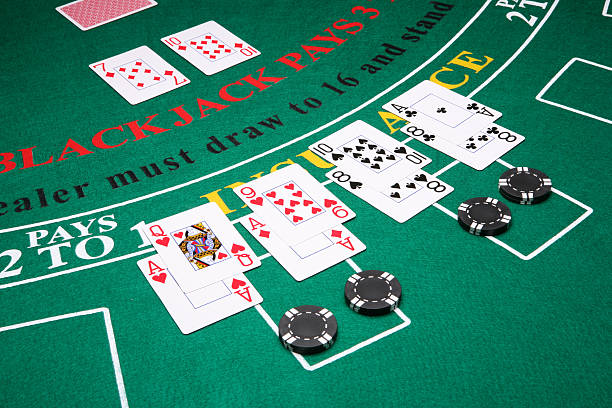
Knowing when to split cards and actually doing it at the game table, can be two different things for many blackjack players.
It’s well known good strategy that you always split Aces and Eights. Even the most casual player can understand that and be quite comfortable with remembering and doing that when faced with that choice.
Splitting the F’s
Another blackjack lore (there are many) is that you “never split anything that starts with an F.” In this instance, F stands for 4’s, 5’s and faces.
As your playing strategy and knowledge advances beyond basic strategy, you come to realize that adage is not always right. The only part that is always right is that 5’s should never be split. Any “hard” ten combination should be played the same way. So, if you have 2/8, 3/7, 4/6, or 5/5, play them the same.
You would think it would be bad to split faces, and that is so for a basic strategy player. However, in some cases, when you’re counting cards, it can be advantageous to split faces. Staying with never splitting faces, is the best strategy for most players though.
The difficult question with 4/4 is whether to double down, hit or split the pair. For the most part, splitting 4’s is a no-no, but against dealer’s 5up or 6up, you want to split. The error many players make with a 4/4 hand, is that they will double down on this if the dealer is showing less than 6. Again, if you think of 4/4 as a “hard” eight, like 5/3, or 6/2, you know not to double down.
Re-Splitting
It becomes a difficult choice for the amateur player when they make the correct decision to split a pair and end up with another pair to split. What you must keep in mind is that the situation hasn’t changed, so if it was correct to split the pair the first time, it’s correct to split again. As long as the table rules allow, you want to continue to split as long as you’re pairing up. If it’s the correct play the first time, it will be the correct play the 2nd, 3rd or however many split chances you get in the one hand. Yes, it can become expensive, but it you win the bets, it can be a very profitable hand, especially if the dealer busts! As long as you have the chips to bet, keep splitting if it’s the right play!
Doubling Down
It’s common for amateur players to “forget” to double down after splitting cards. If you split and face a double down situation, you have to remember to make that double down. The amateur probably worries about having many bets in play on a single hand, but you have to make the double down when it is there for the taking. When you have the double down play, it’s clearly your advantage at that time, don’t save your extra bet for the next hand that might not be a winner for you. Always jump at those times when you know you actually have the advantage, don’t be afraid.
Multi-Card Hit
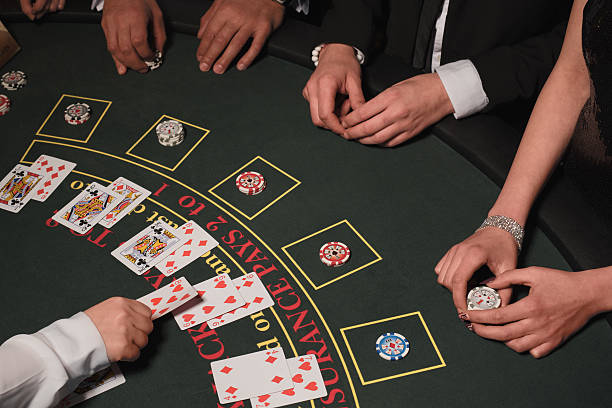
While it’s not considered splitting cards, the decision to hit a multi-card 16 or multi-card soft 18 is also a difficult choice to make for the average blackjack player.
With a multi-card hard 16, you still must hit if the dealer has a 7 or better. The number of cards you need to get to 17 or better should not be your concern.
With a multi-card soft 18, you must remember that it’s a “soft” 18, so the correct play is to hit if the dealer has 9 or better. It’s not the number of cards, it’s the point value of the cards that count!
In Summary
Understanding splitting and multi-card strategy is what will take your game to that next level. By not doing the above outlined strategies, and not trusting what basic strategy tells you to do, you will give back 1/3% of the advantage to the casino. You can’t be afraid to re-split a pair, double after a split or hit multi-card 16’s or soft 18’s. Even if you do everything else right, you’re giving away advantage over the long run. Trust the process!
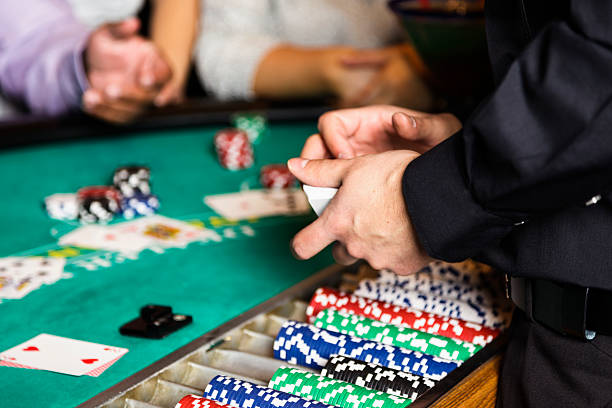

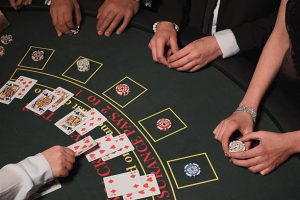
 You need to have complete faith in the basic strategy and that it will work out in the long run. You must remember that basic strategy is based on mathematical logic. Make sure you take the correct path based on basic strategy. The numbers do speak for themselves.
You need to have complete faith in the basic strategy and that it will work out in the long run. You must remember that basic strategy is based on mathematical logic. Make sure you take the correct path based on basic strategy. The numbers do speak for themselves.  You have to have the mindset that a push is at better than a loss, because you don’t lose any money. Don’t be afraid to match a dealer’s 21 and push!
You have to have the mindset that a push is at better than a loss, because you don’t lose any money. Don’t be afraid to match a dealer’s 21 and push!

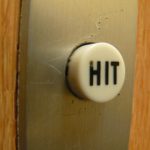 What makes the difference here to just a regular hit is that basically Ace/”small” vs. dealer’s “small” is considered a bad double. If you hit this hand, the advantage is still slightly on your side, however, if you double, the odds drop to 50/50, making it a bad choice. There are plenty of soft hands that are good for doubling, but this isn’t one!
What makes the difference here to just a regular hit is that basically Ace/”small” vs. dealer’s “small” is considered a bad double. If you hit this hand, the advantage is still slightly on your side, however, if you double, the odds drop to 50/50, making it a bad choice. There are plenty of soft hands that are good for doubling, but this isn’t one!


